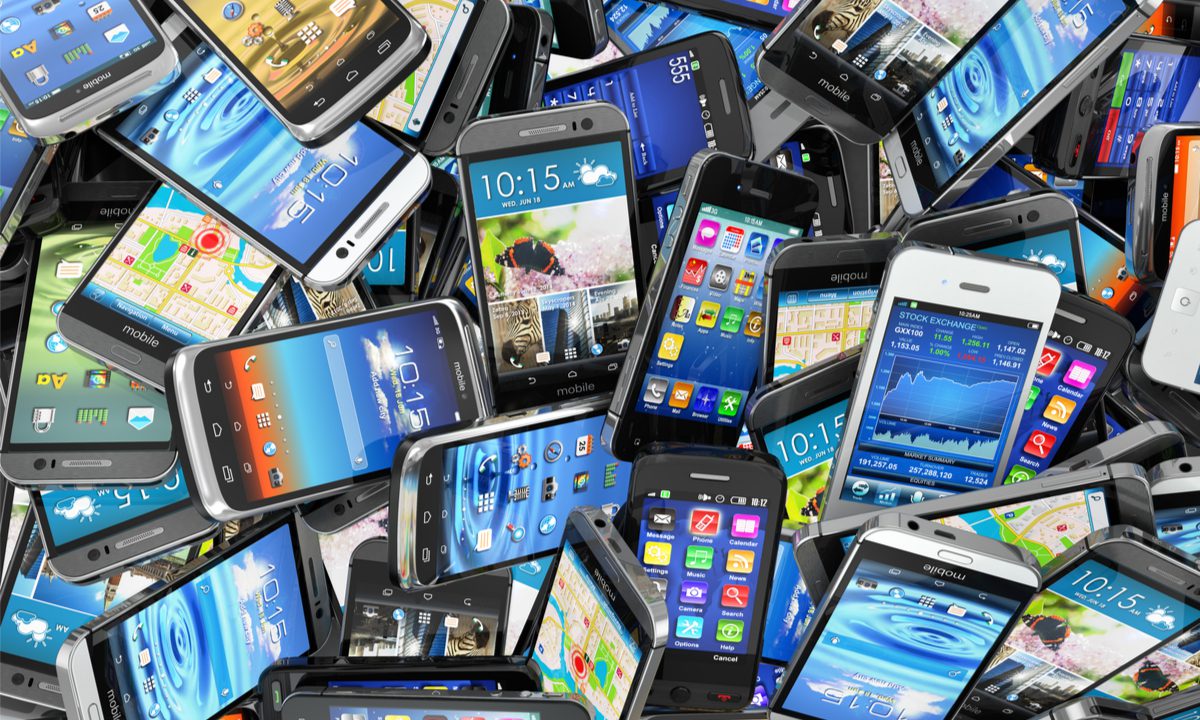By Kingsley Odii
In a recent report by the GSM Association (GSMA), it has been revealed that Nigeria and other countries in Sub-Saharan Africa are bracing for a looming e-waste crisis due to the increasing number of mobile phone users in the region.
The report, titled “Mobile Economy Sub-Saharan Africa”, predicts that by the end of 2023, Sub-Saharan Africa will have a staggering one billion active feature phone and smartphone connections.
Even more concerning is the projection that over 200 million new devices will be added to this number by the end of 2027.
This rise in mobile phone usage comes with the serious challenge of e-waste management and the depletion of natural resources in the region. With Nigeria already boasting the largest mobile subscriptions in Africa, it is anticipated that the country will also contribute to the highest amount of mobile e-waste in the region.
Addressing this challenge requires attention to consumer behavior, as the report highlights that the average use period of a mobile device is only around three years, despite their technical lifespan being between four and seven years.
GSMA report emphasizes the importance of incentivizing consumers to properly dispose of their old devices, but acknowledges that factors such as affordability, information availability, social norms, and personal preferences complicate this endeavor.
The report calls upon governments and industry players to actively participate in solving this issue. It suggests building new channels and suppliers for device collection and refurbishment, as well as educating consumers through awareness campaigns on sustainability.
GSMA said, “Governments and industry players have a role to play here. For example, there is an opportunity to build new channels and suppliers to collect, refurbish, and resell devices, as well as educate consumers and implement awareness campaigns on sustainability. Operators and other ecosystem players across Sub-Saharan Africa are already taking the lead in this regard, with initiatives to drive circularity in mobile phones and other digital devices.”
“These efforts have resulted in fewer devices going to waste and significant progress toward sustainable transformation in the industry,” the report revealed.
The report also highlights the risk elements involved in smartphone production. The European Chemical Society identified 30 elements commonly used in smartphones, with 11 of them having limited availability and posing risks to future supply.
Furthermore, the unsustainable use of seven elements in smartphones could have serious consequences within the next 100 years. The GSMA estimates that by refurbishing phones, the climate impact can be reduced by 87% compared to manufacturing new ones.
“Additionally, if properly recycled, 5 billion mobile phones could recover valuable minerals such as gold, palladium, silver, copper, rare earth elements, and enough cobalt for millions of electric car batteries, amounting to approximately $8 billion in value,” according to the report.







Comment
No comments found.